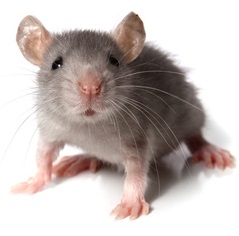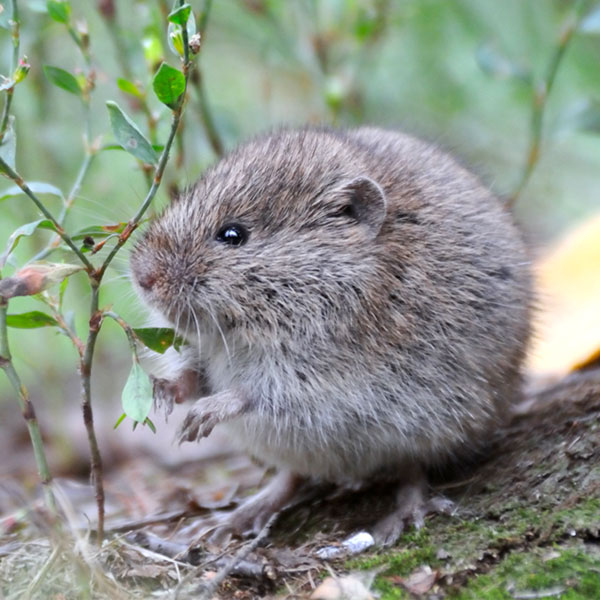Specialist Strategies for Vole Control and Avoidance
Specialist Strategies for Vole Control and Avoidance
Blog Article
Comprehensive Overview to Reliable Vole Pest Control: Invasion Recognition and Treatment Techniques
In the world of efficient bug control, vole invasions present an unique challenge that requires a critical technique. These little rats, frequently mistaken for mice, can create chaos on yards, lawns, and crops if left unchecked. Identifying the indicators of vole visibility and applying targeted therapy methods are necessary parts of an effective bug management plan. By exploring the nuances of vole actions, recognizing crucial indications of invasion, and evaluating a series of control alternatives, one can establish a detailed approach to deal with these elusive bugs.
Comprehending Vole Habits
Vole behavior is defined by their burrowing practices and rapid reproduction prices, making them a difficult insect to regulate successfully. These small rodents usually develop elaborate passage systems underground, using them for shelter, food storage space, and transportation. Voles are herbivores, taking in a variety of plants, light bulbs, origins, and grasses, which can cause substantial damages to gardens, orchards, and grass. Their quick reproductive rate further makes complex control initiatives, with ladies efficient in creating numerous litters in a single year, each including a number of children.
Voles are most active during the morning and evening hours, investing the bulk of their time foraging for food. Their tunneling routines not just interrupt lawns and gardens but also make them testing to spot and get rid of. Understanding vole behavior is critical for reliable parasite control techniques. By determining their burrow places, keeping an eye on feeding areas, and implementing targeted control approaches, such as capturing or environment adjustment, vole invasions can be taken care of successfully.
Indications of Vole Infestation

Avoidance Strategies
Carrying out efficient avoidance techniques is essential in reducing vole invasions and safeguarding greenery from their harmful feeding habits. To avoid vole infestations, it is important to begin by getting important site rid of potential food sources and sanctuary.
On a regular basis inspecting the home for indicators of vole activity, such as runways and tunnel openings, is important for very early detection and prompt action. If vole task browse around here is suspected, take into consideration making use of catches or repellents tactically placed near their paths.
Non-Lethal Control Methods
To effectively handle vole populations while focusing on gentle methods, non-lethal control methods provide useful solutions for decreasing vole damages in yards and landscapes. These barriers can be hidden at the very least 12 inches bent and deep at a 90-degree angle to prevent voles from burrowing beneath.

Lethal Control Options
One efficient method for dealing with vole problems in landscapes and gardens includes the strategic usage of deadly control alternatives. When faced with an extreme vole invasion that non-lethal approaches have actually stopped working to have, implementing deadly control actions comes to be critical. In general, when employing lethal control alternatives, it is vital to do so properly and in conformity with local guidelines to my link successfully manage vole invasions.
Verdict
Finally, efficient vole parasite control calls for a comprehensive understanding of vole actions, recognition of indications of invasion, execution of prevention methods, and usage of both dangerous and non-lethal control methods. By integrating these strategies, individuals can properly manage vole populations and safeguard their residential property from damages. It is necessary to deal with vole problems promptly to stop additional concerns and decrease the influence on the surrounding environment.
Offered the detailed tunnel systems and rapid reproduction rates particular of voles, recognizing the indications of vole invasion becomes important in effective bug control. One of the key signs of vole existence is the existence of surface area runways or routes in yard or snow, generally about 1-2 inches vast, developed as voles travel between their burrows and food resources.To properly handle vole populaces while focusing on gentle approaches, non-lethal control approaches offer useful options for lowering vole damage in landscapes and yards.One effective method for addressing vole infestations in landscapes and gardens includes the calculated usage of dangerous control alternatives. vole yard damage.In conclusion, reliable vole bug control calls for a comprehensive understanding of vole behavior, identification of indicators of infestation, application of prevention strategies, and usage of both deadly and non-lethal control approaches
Report this page